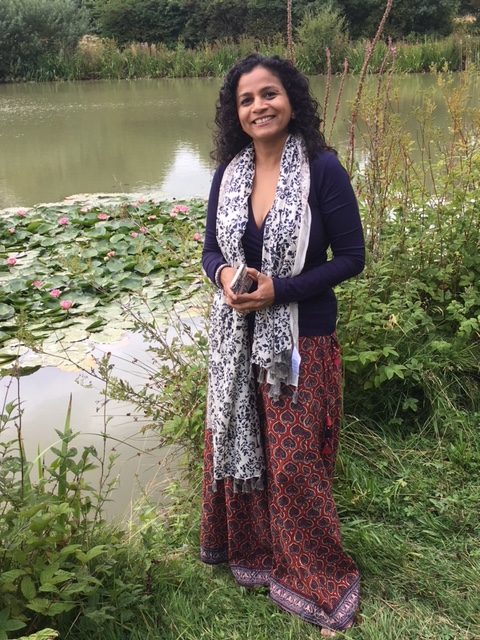 Anuradha Gupta is an Indian living in London who decided to publish her own book. In the following interview she shares with Writers in Kyoto how she went about producing her own personally illustrated collection of poems without any previous knowledge or expertise.
Anuradha Gupta is an Indian living in London who decided to publish her own book. In the following interview she shares with Writers in Kyoto how she went about producing her own personally illustrated collection of poems without any previous knowledge or expertise.
What made you want to publish your own book?
In January 2013 I witnessed a road accident in London in which a motorcyclist was killed. It was totally shocking and lingered in my mind. Amongst the memorial letters left at the site was one from the motorcyclist’s wife saying he had never had the chance to live his dream. It made me rethink priorities in life and get on with what mattered most to me. I had written some poems and thought they would make a fitting legacy for my daughters. So I set about making them into a book which would be treasured.
The book is wonderfully illustrated. How did that come about?
I knew I had some talent as a painter but I lacked experience, so I took on an art teacher to help me produce work suited to the poetry. With her help I managed to get the kind of illustrations I wanted.
What was the next step?
I visited a few independent printers in London and asked to see samples of their work. But I found them expensive and uninspiring. Then I remembered the offset printing (using colour plates) that my company had been involved with in India. I was recommended to a high quality printer in Hyderabad and rang them up. I explained my situation and my intentions, and they were very helpful. I’d already decided a square shape would be most suitable, and with the printer we settled on 200 GSM [measurement of the thickness of the paper] because I wanted a luxurious and beautifully crafted coffee-table style. The price was one-third that of London!
How about the cover?
For the cover and layout I found a graphic designer to work with. Some of her suggestions were not as I wanted, so I did my own version using the traditional cut-and paste method. I showed her my idea and she converted it into digital form. As for the cover, I chose not to have a dust cover because they usually get torn and over time look tattered. Instead I wanted it printed on canvas. When we finished everything, the graphic designer formatted it all into print-ready copy and sent it off to the printer.
How did you decide on the number of copies?
The printer had a minimum of 200 copies. Being optimistic, I decided on 500. The printer said there was no difference in price between 1000 copies and 500, so I naturally decided on that. In retrospect it was a mistake because I hadn’t reckoned on the shipping cost, which was expensive.
What was your reaction on seeing the finished product?
The 1000 copies arrived some three and a half months after I first conceived the project. It was amazingly fast, because I literally worked morning to night every day. I was delighted with the result because the printer had really done a great job. 10 out of 10. Each copy was individually wrapped in polythene and looked beautiful. But I was horrified by all the boxes!
How about the marketing and distribution?
First I sent some off to friends and gave away some promotion copies. I went to a writers conference where I sold 19 copies. It was in late autumn and I had a book launch in mhy house and invited all my friends. That resulted in 35 copies sold in one night, which was great. In winter when schools hold Xmas Fairs, I rang some up and was able to book tables for about £25 a day (¥3500). The schools took 5% commission, and generally I was able to sell about ten to fifteen copies. I’d already decided to give the sales money to a charity important to me, so some people were attracted by that and wanted to talk about it.
I created a website to showcase some of my poems along with my other writing. I also visited bookshops, though not with much success as the standard reaction was that poetry doesn’t sell. Independent bookstores and the local Waterstone’s were more friendly. The best result was actually a gift shop, which made me realise that it could best be marketed as a present rather than a work of literature.
So what was the final result in terms of sales?
I priced it at £10 (¥1300), which seemed to be the market rate. The total cost of production was something like £2300 (¥325,000) which meant in theory I only needed to sell 230 books. However, book shops can take a third to a half of the price, so realistically I’d actually need to sell roughly 500 books. So far I have sold about 250 and given away almost 100 copies.
What’s your feeling generally about the project?
Although I’ve made a small loss financially, I’m more than satisfied with the result because I feel I’ve left something meaningful as a legacy for my family. If I did it all again, I’d be a bit more realistic about the costs and also about housing boxes of books.
Finally, do you have any advice for others who would like to go down the same path?
Yes, I’d suggest visiting five to seven printers, as well as investigating overseas options. It’s important to find one that you can trust and whose previous products you like. They often have in-house designers too. Don’t be afraid to ask questions, as people are glad to share their expertise. Above all, don’t lose your vision! There were several points at which it would have been easy to compromise because of cost or advice, but I was able to insist on what I first wanted and I’m really glad I did because once you have the finished product you can’t change it. It’s up to you to make your dream come true.
*****************
For Anu’s website, where you can see sample illustrations and poems, click here.
For the amazon page, click here.
For a small sample of Anu’s poems set along those of WiK member A.J. Dickinson, see here.

 1) Please tell us something about your background and how you come to be in Japan?
1) Please tell us something about your background and how you come to be in Japan?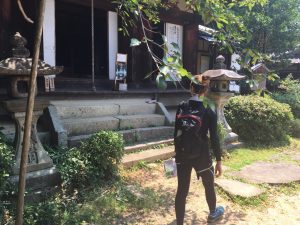
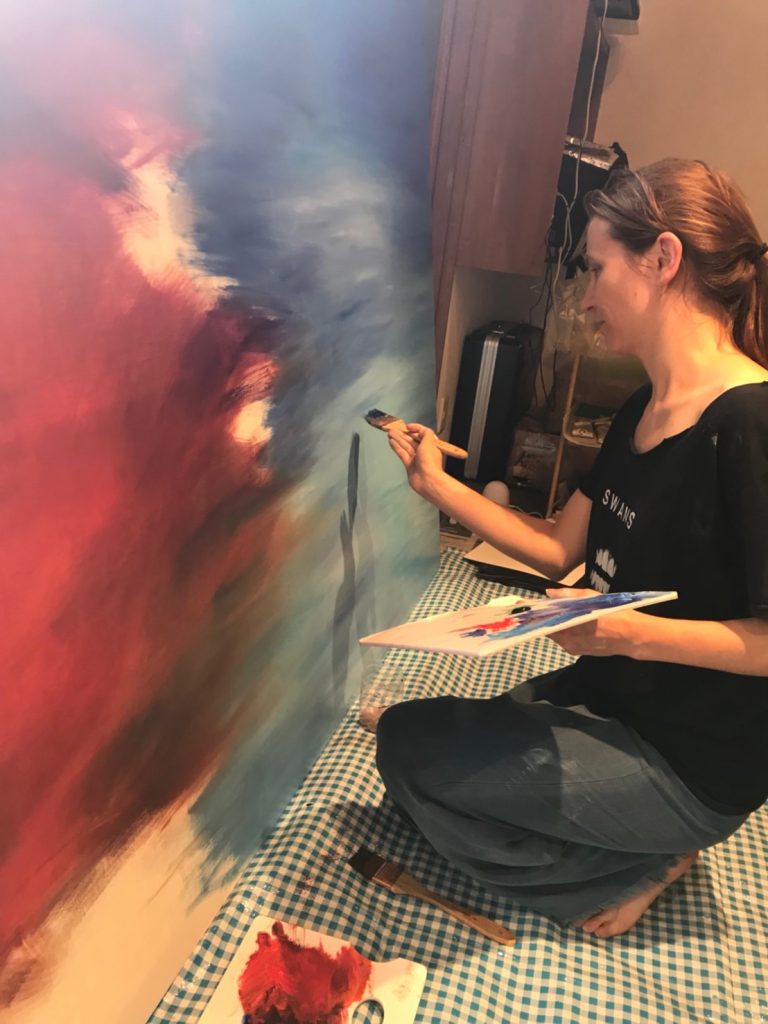
 Ways with Words (at Dartington Hall, Totnes, UK)
Ways with Words (at Dartington Hall, Totnes, UK)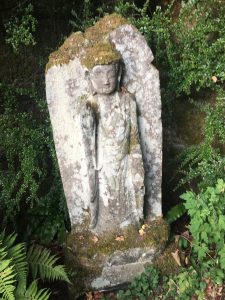
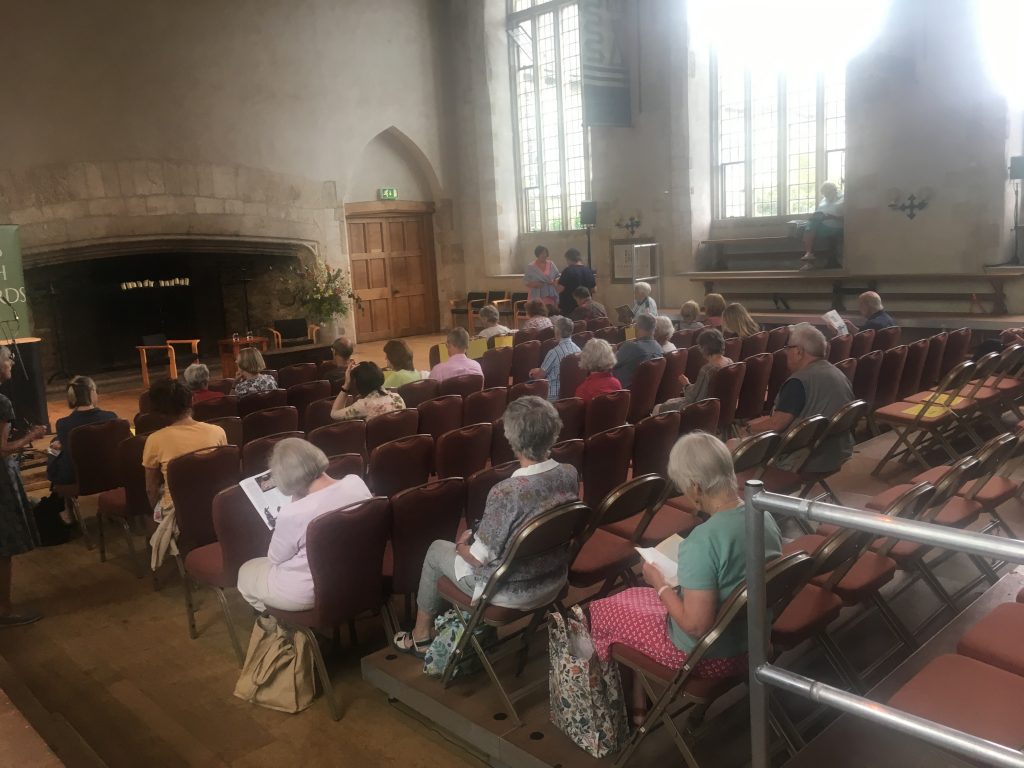
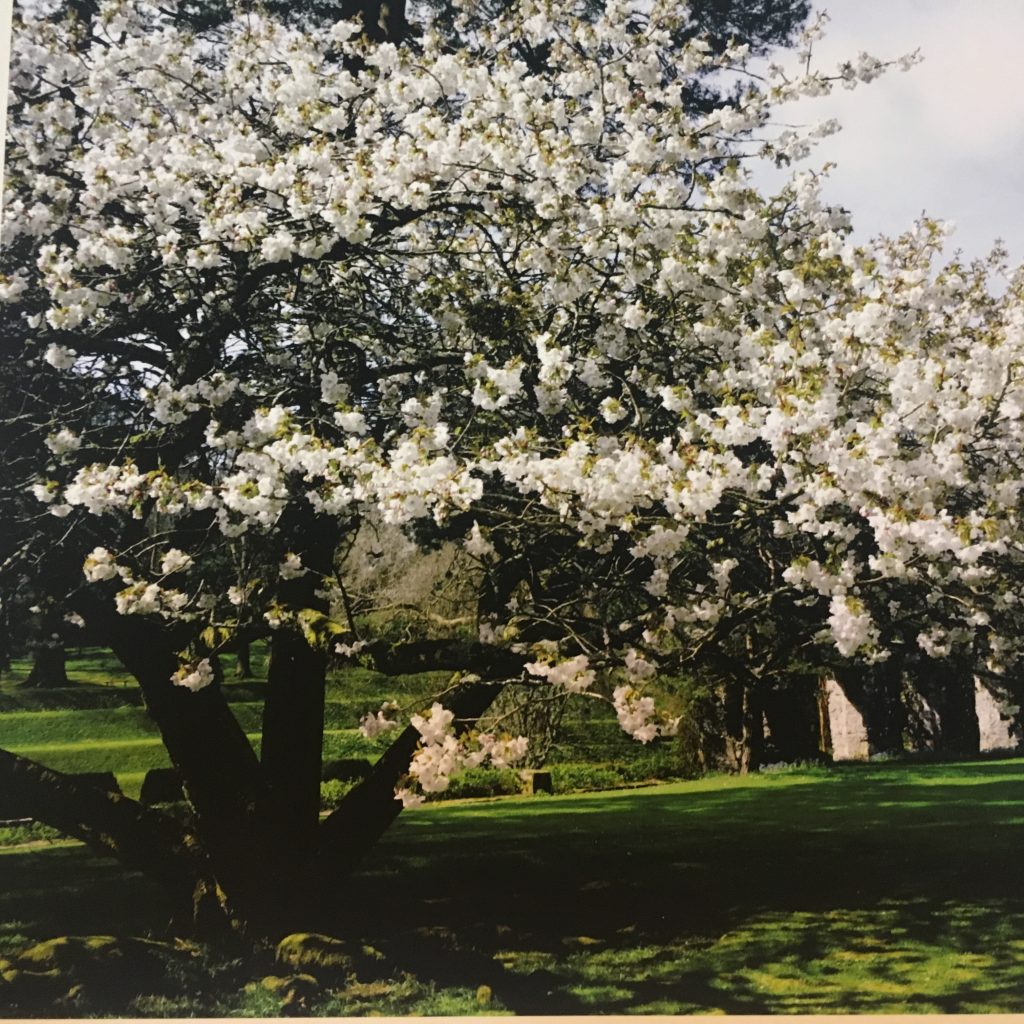
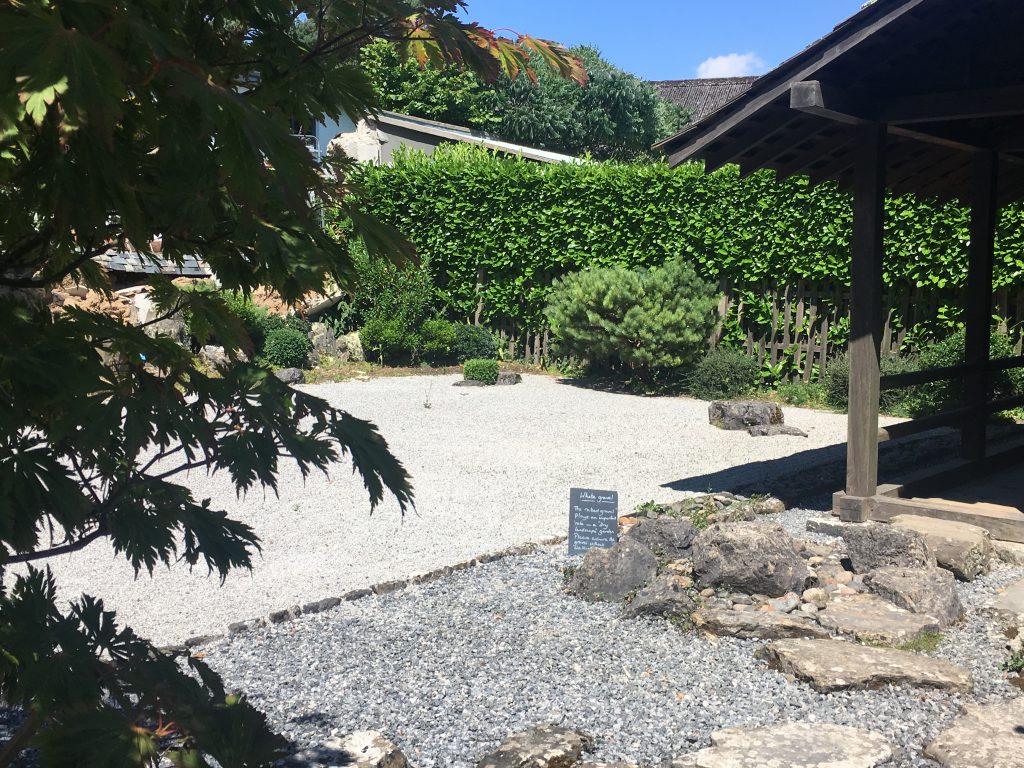
 Please tell us a little about your upbringing and your relationship with Japan.
Please tell us a little about your upbringing and your relationship with Japan. What would you say are the benefits and disadvantages of living in Kyoto?
What would you say are the benefits and disadvantages of living in Kyoto?
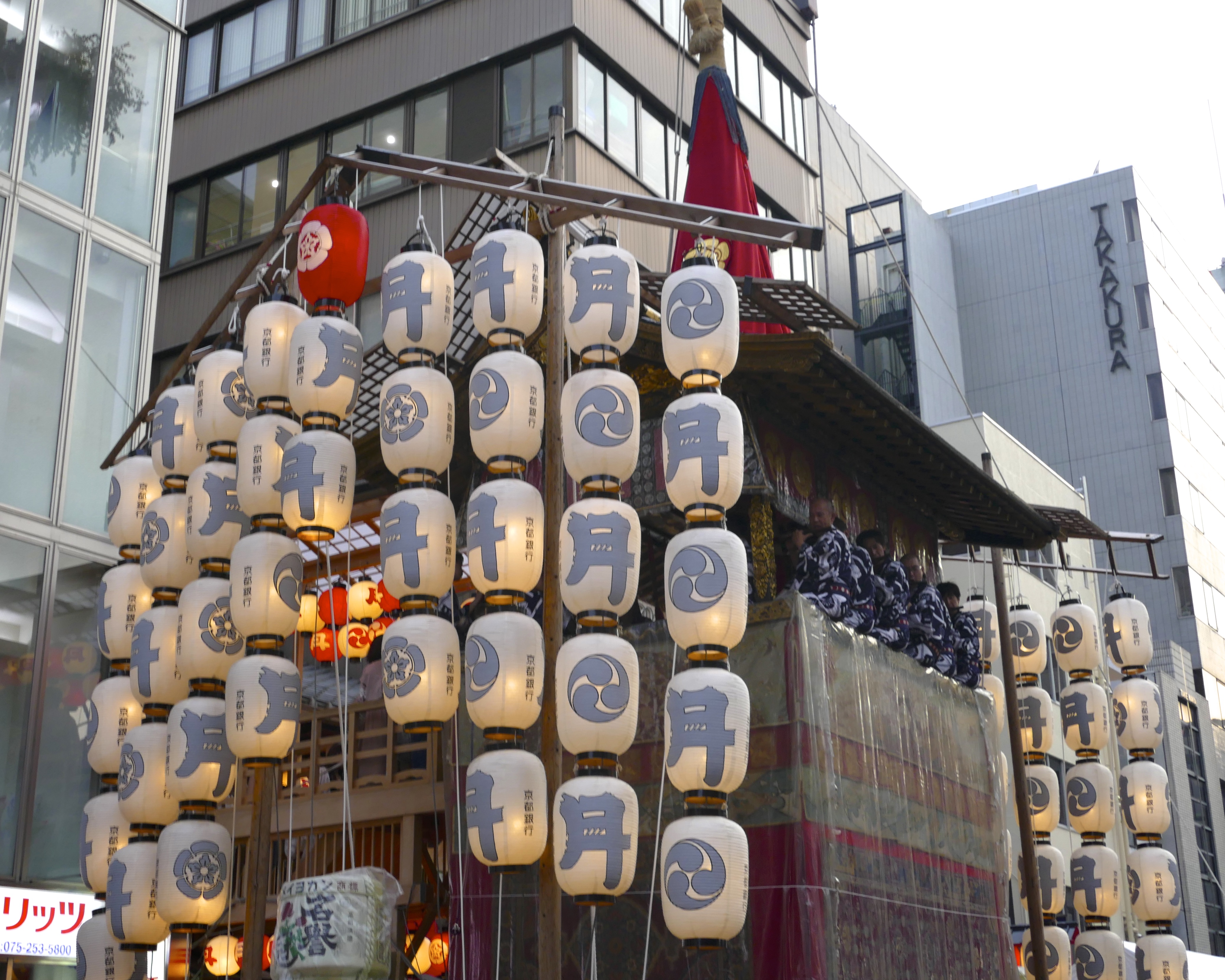 July in Kyoto means the Gion Festival, the city’s premier event which stretches over the whole month and provides tourists with an array of glittering photo-ops. The piece below is an excerpt from “Kyoto Souvenir,” a book by Fernando Torres still in the preliminary stages which tells of buying a forsaken house in Higashiyama. (He describes it as “Under the Tuscan Sun,” if it had taken place in Japan and was written by a Mexican-American from Las Vegas.) (JD)
July in Kyoto means the Gion Festival, the city’s premier event which stretches over the whole month and provides tourists with an array of glittering photo-ops. The piece below is an excerpt from “Kyoto Souvenir,” a book by Fernando Torres still in the preliminary stages which tells of buying a forsaken house in Higashiyama. (He describes it as “Under the Tuscan Sun,” if it had taken place in Japan and was written by a Mexican-American from Las Vegas.) (JD)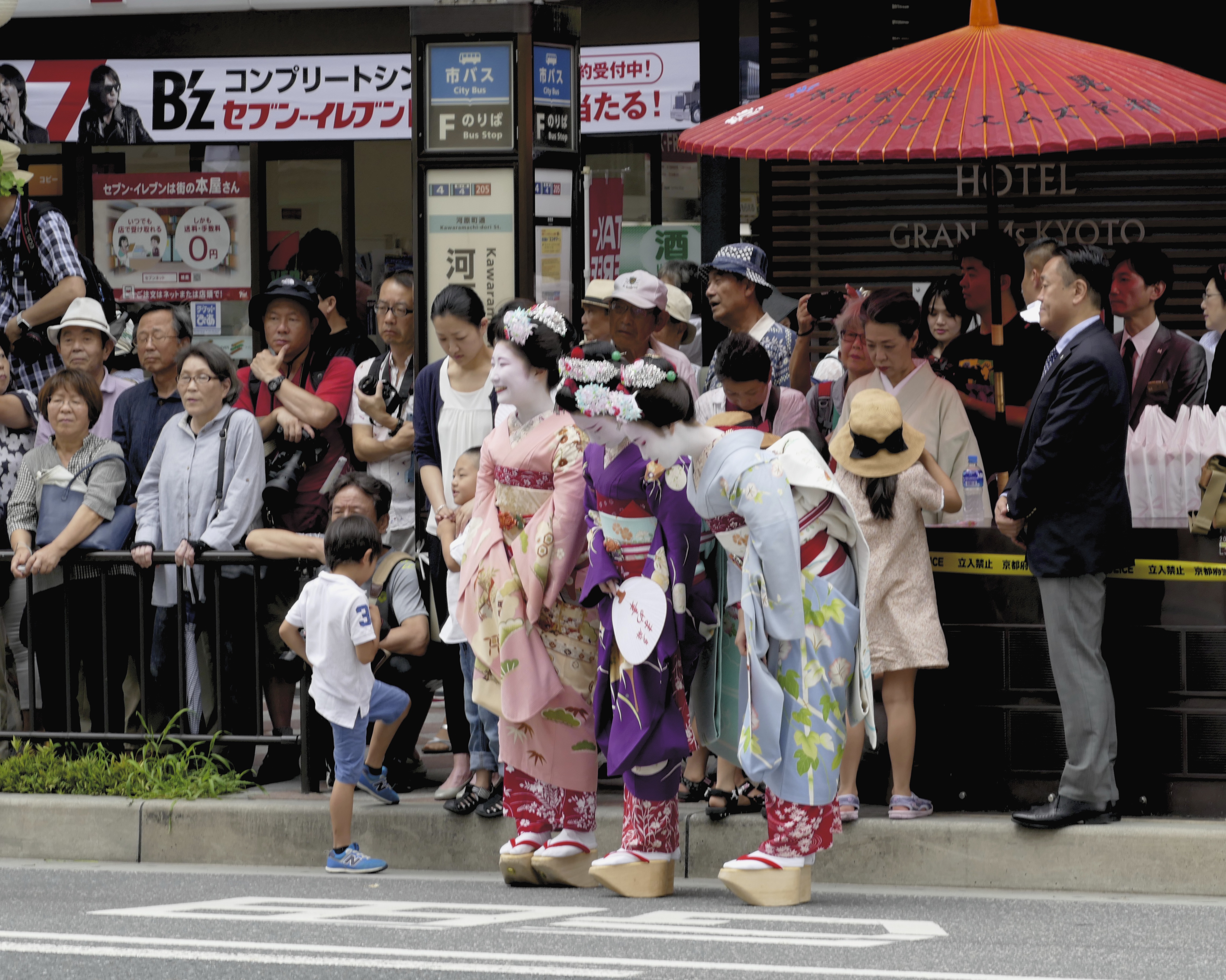

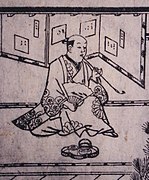
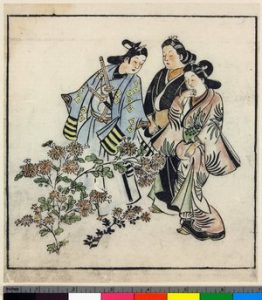
 Oftentimes otherworldly happenings can more precisely explain everyday events in our world. In Lafcadio Hearn’s “The Screen Maiden” an exquisite painting of a beautiful young girl becomes the betrothed of a young man. A most intriguing read indeed, the story seems to hint at three critical aspects of love: patience, humility, and reciprocity.
Oftentimes otherworldly happenings can more precisely explain everyday events in our world. In Lafcadio Hearn’s “The Screen Maiden” an exquisite painting of a beautiful young girl becomes the betrothed of a young man. A most intriguing read indeed, the story seems to hint at three critical aspects of love: patience, humility, and reciprocity.
 The summer that Japan hosted the World Cup was one of the highlights of my many years there. By day I was hitchhiking the 33 temples of the Kansai Kannon pilgrimage, while at night I’d return to a city somewhere to watch a match. I’d choose bars or pubs that had a connection to one of the teams on the pitch, and the energy of the fans could barely be contained within the four thin walls of the place.
The summer that Japan hosted the World Cup was one of the highlights of my many years there. By day I was hitchhiking the 33 temples of the Kansai Kannon pilgrimage, while at night I’d return to a city somewhere to watch a match. I’d choose bars or pubs that had a connection to one of the teams on the pitch, and the energy of the fans could barely be contained within the four thin walls of the place.
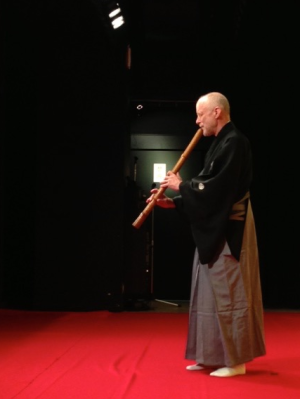
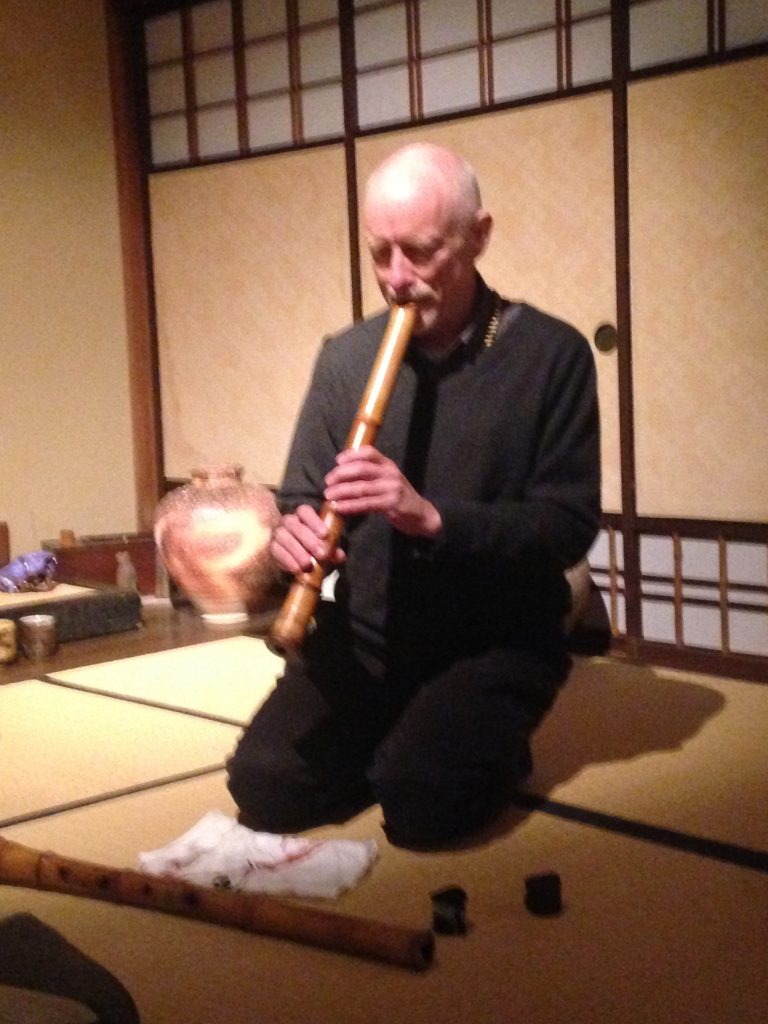
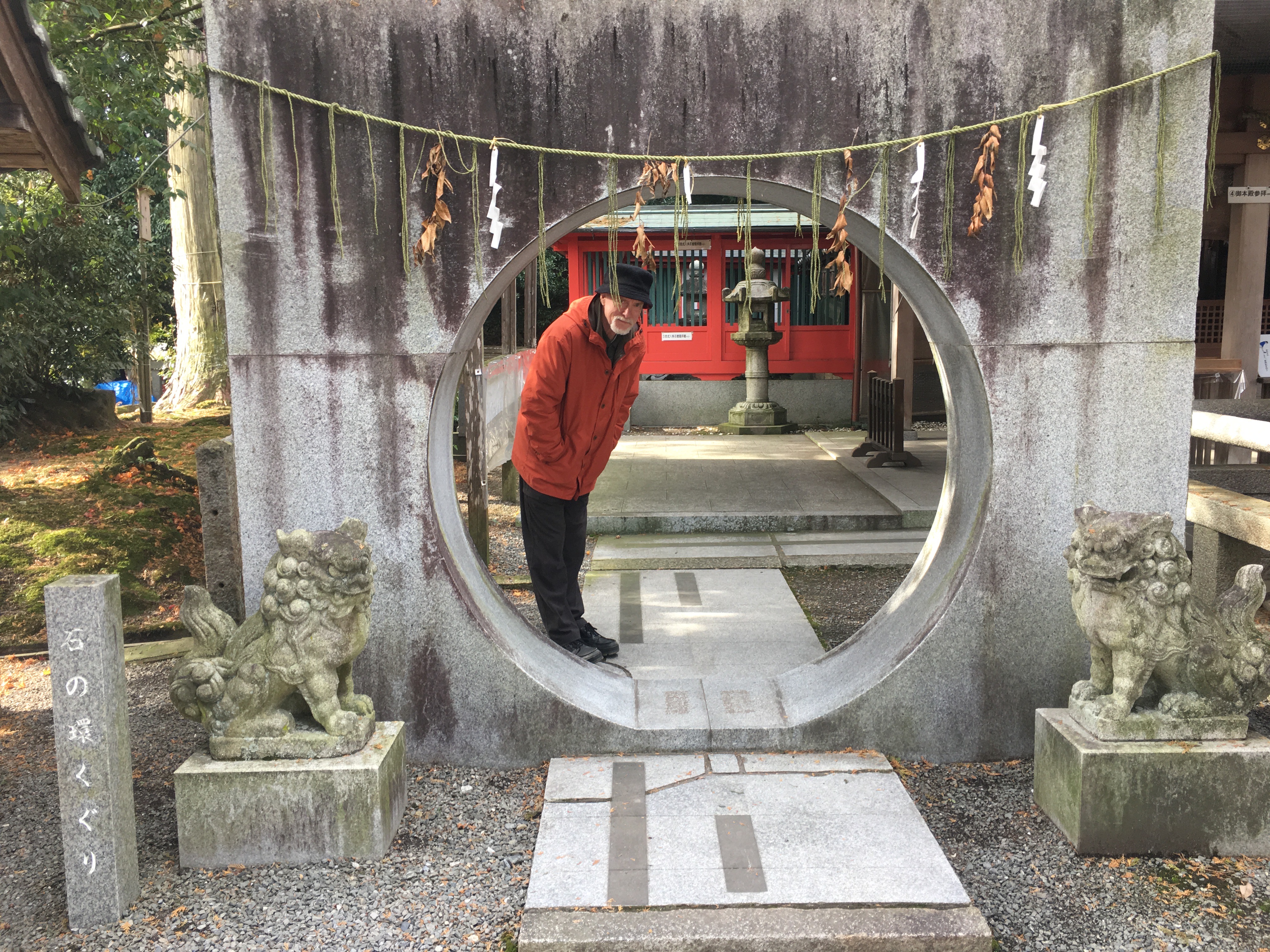
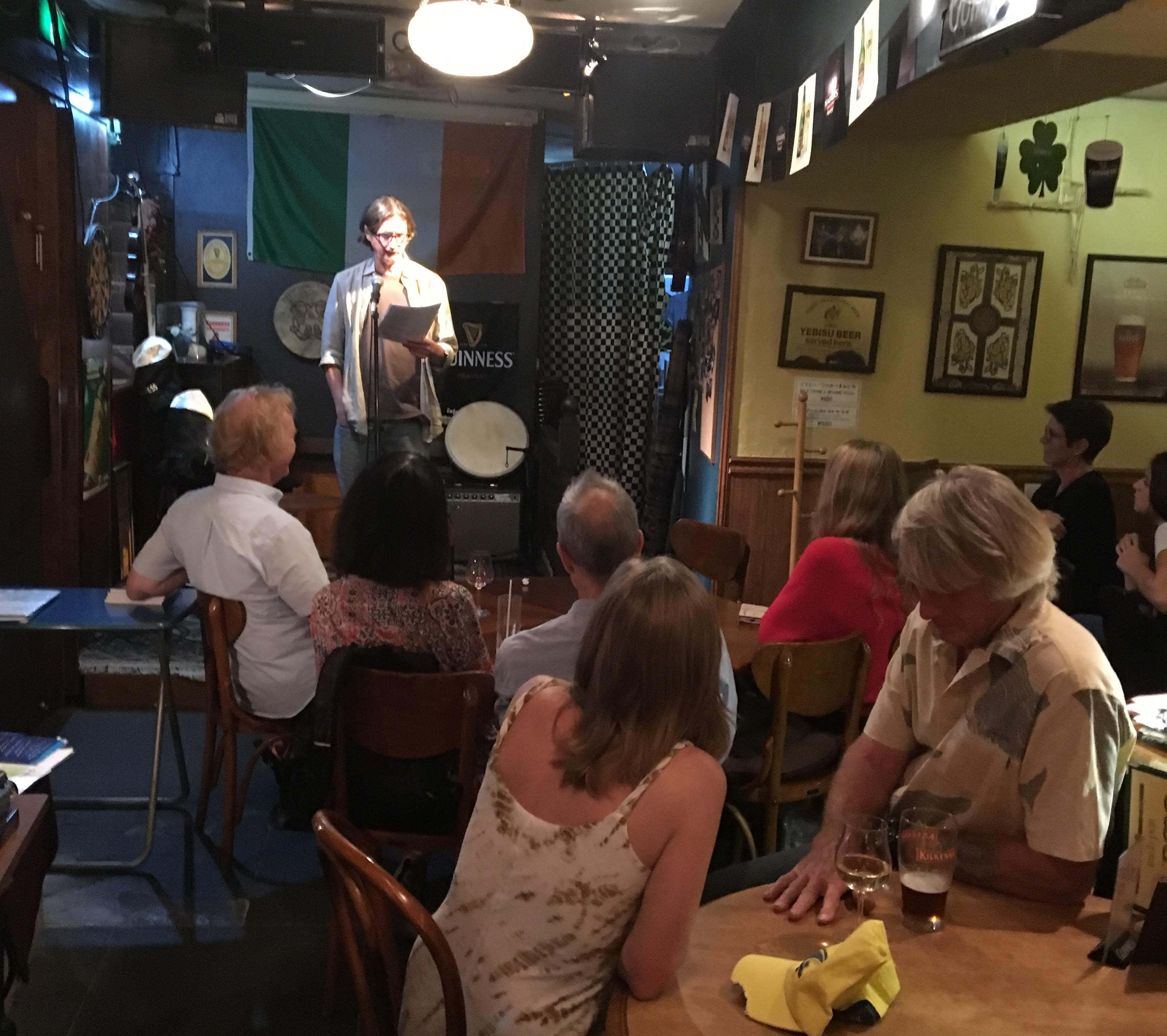
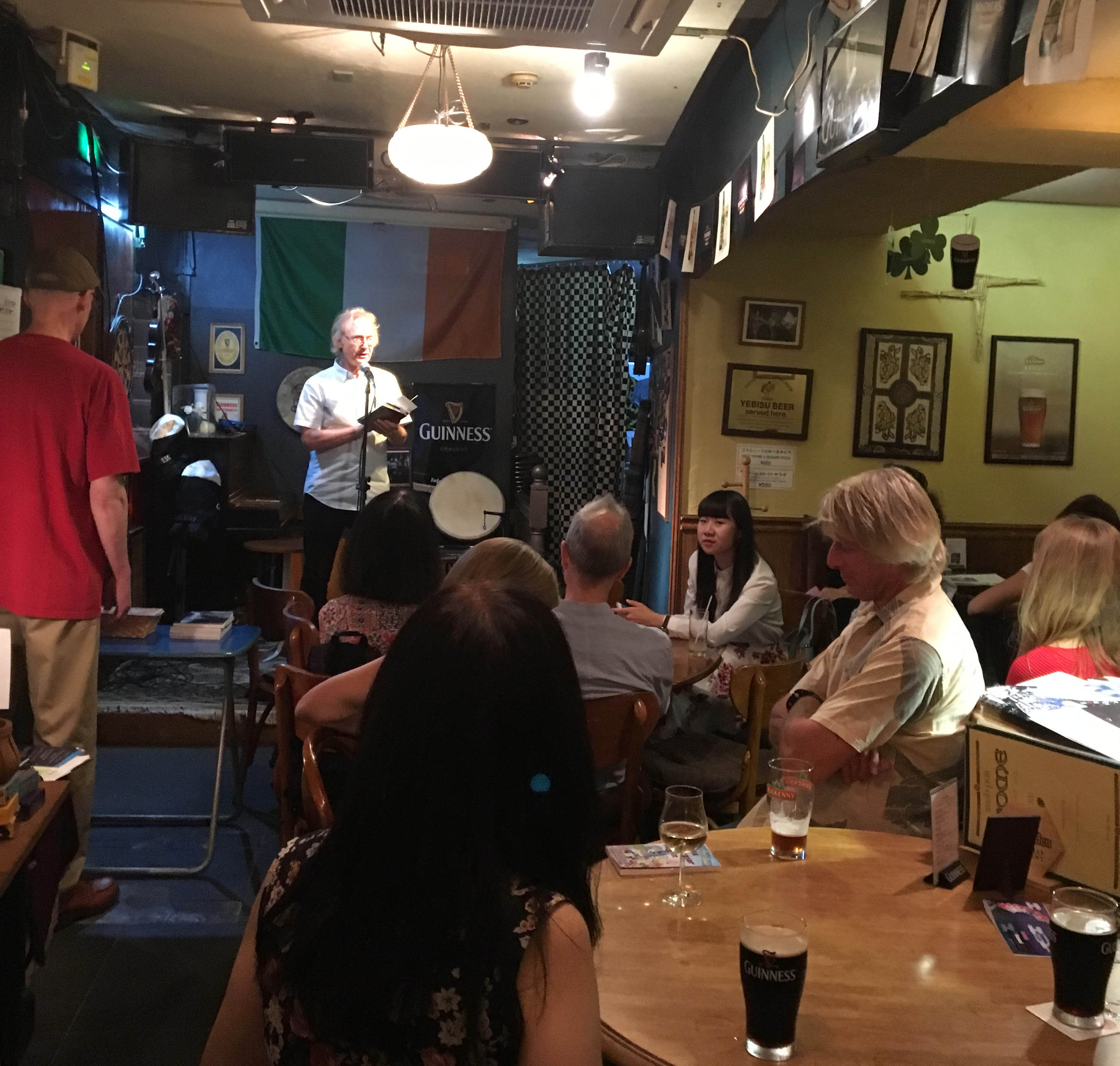

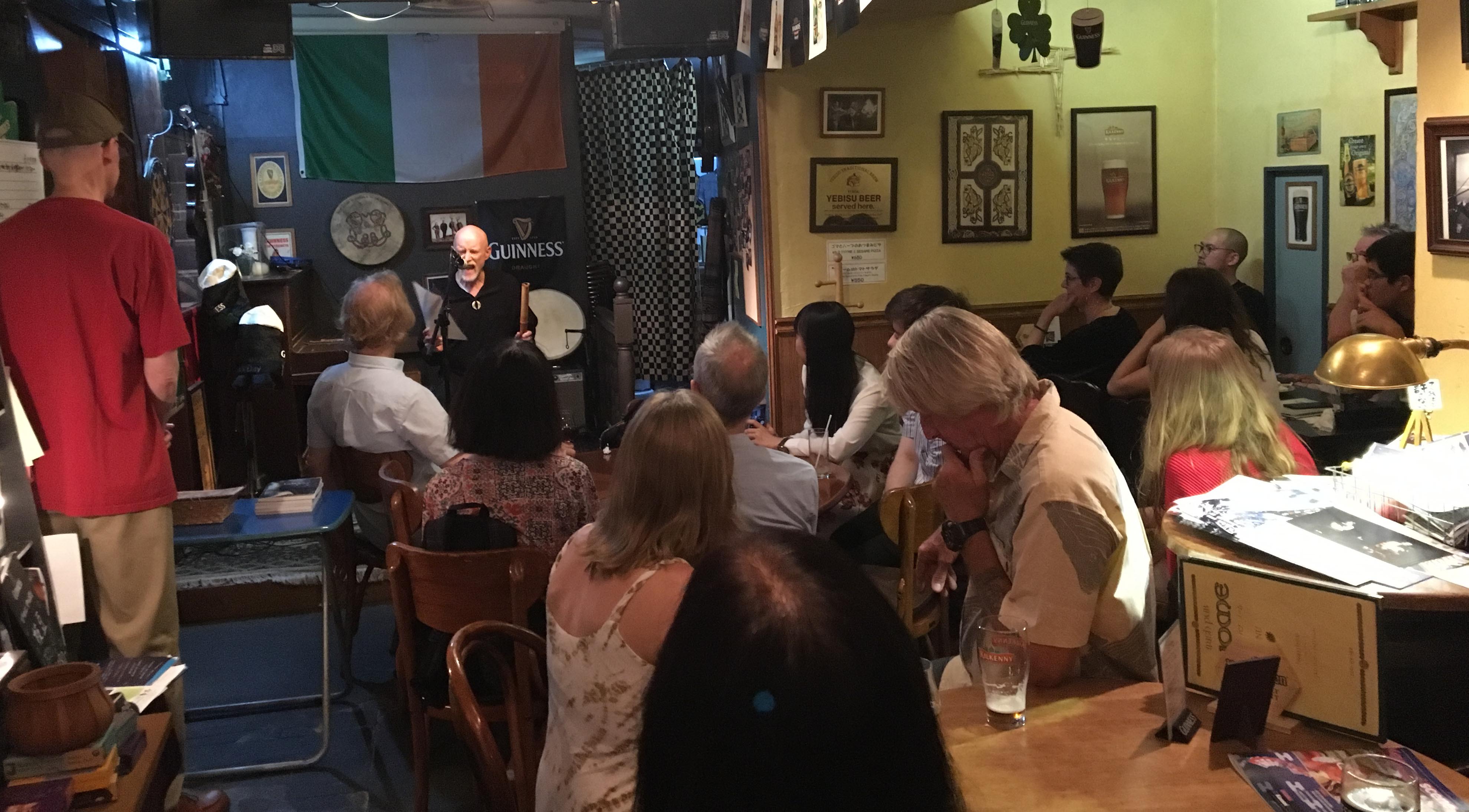
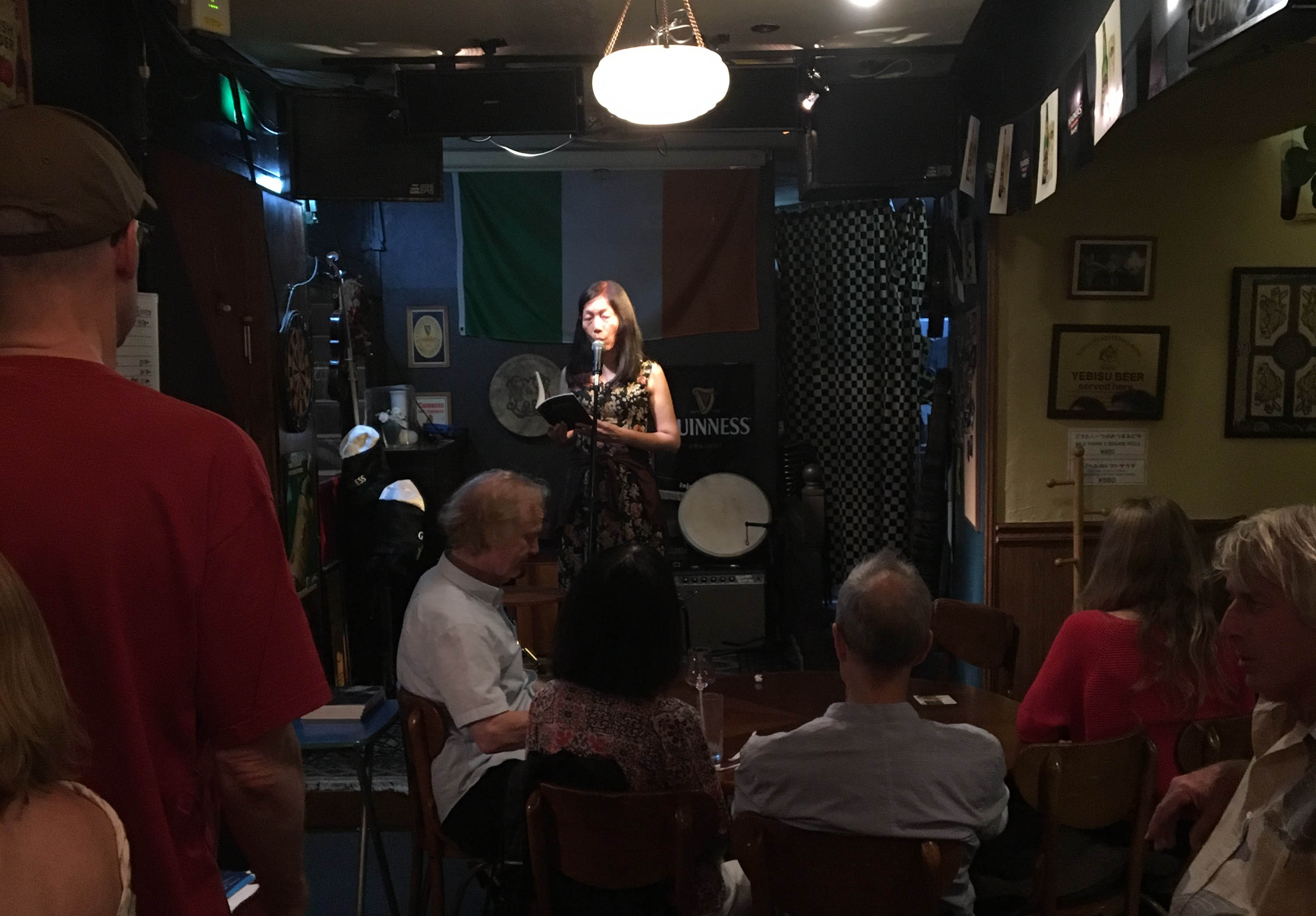


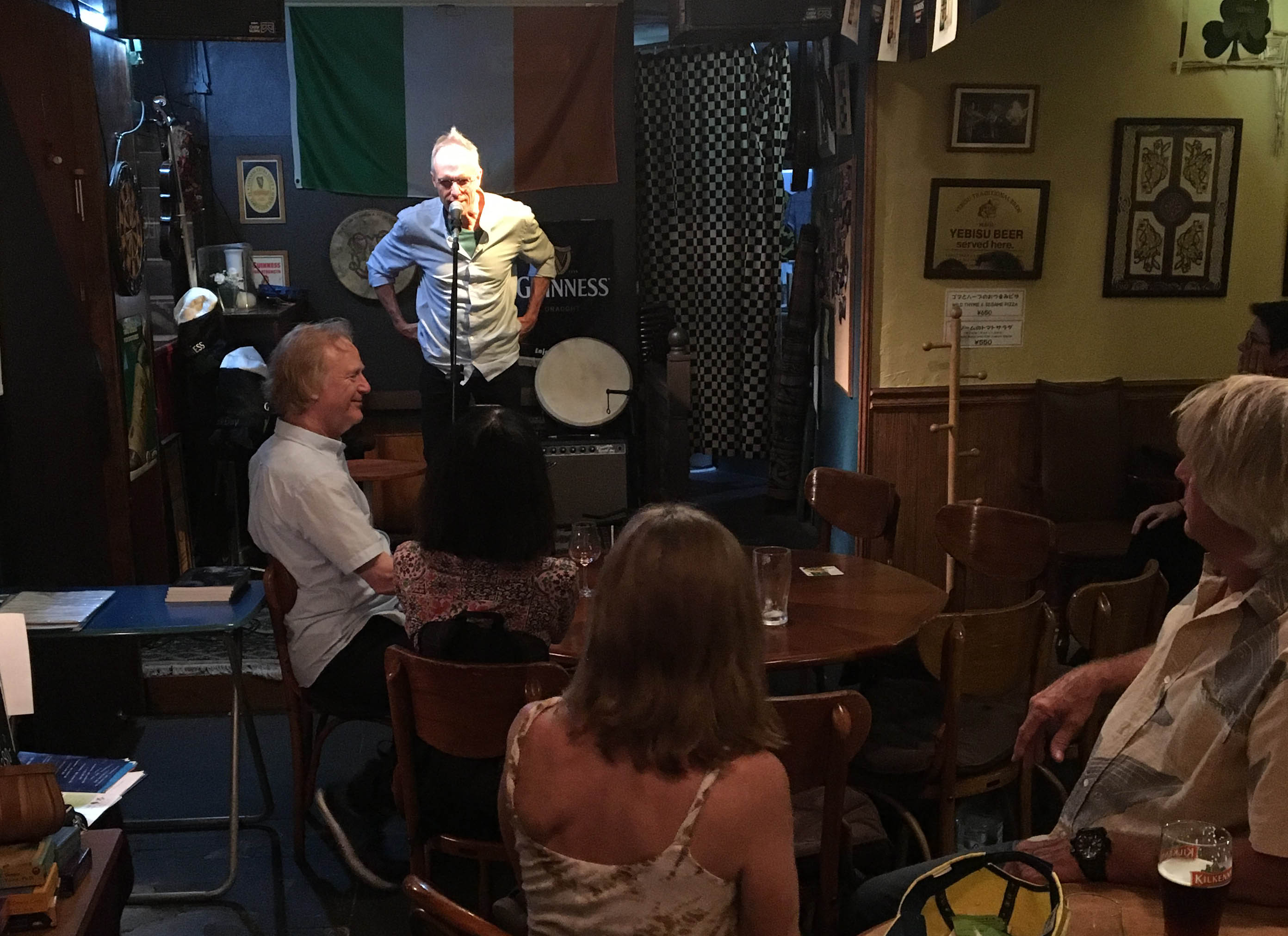
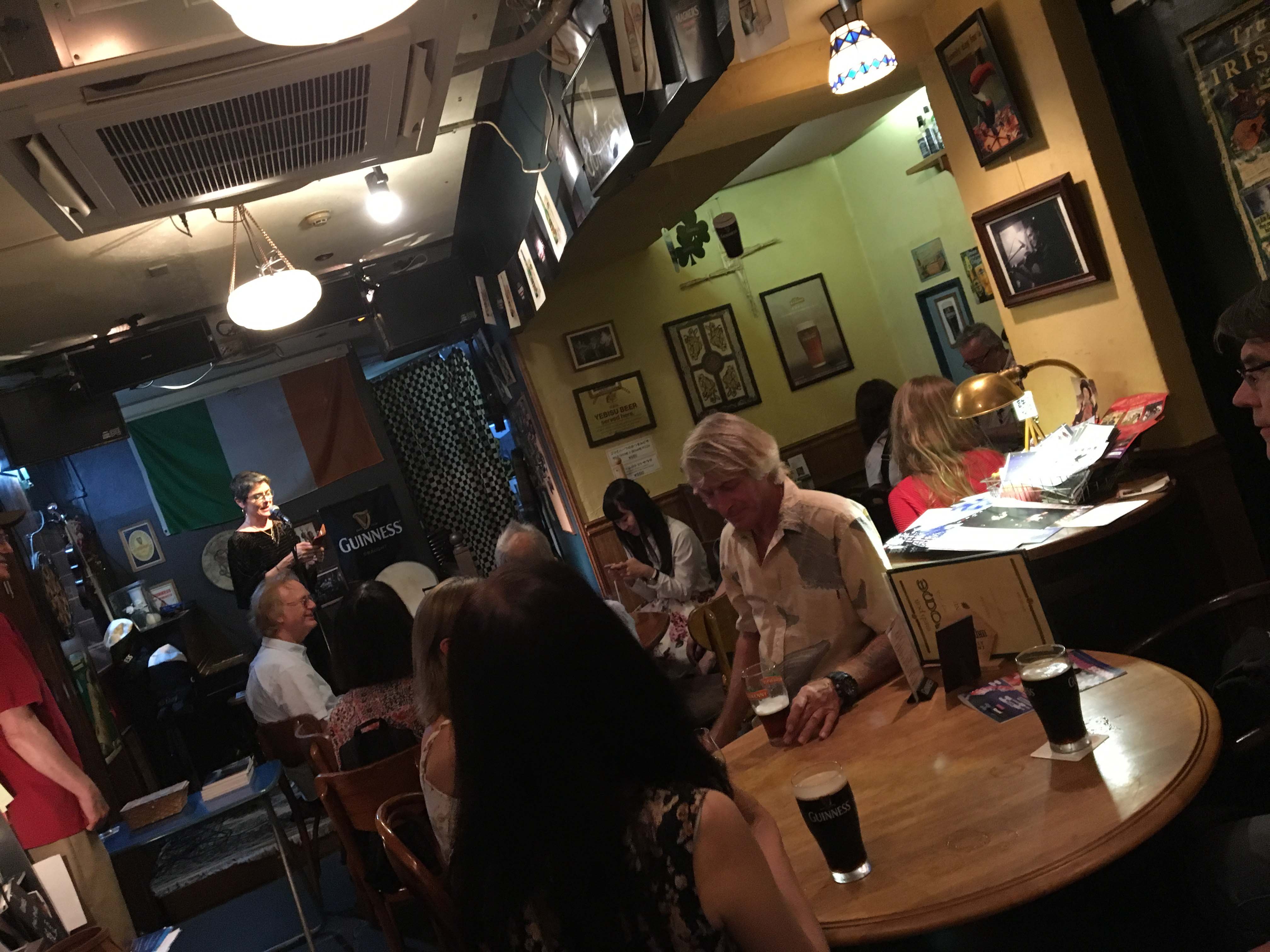

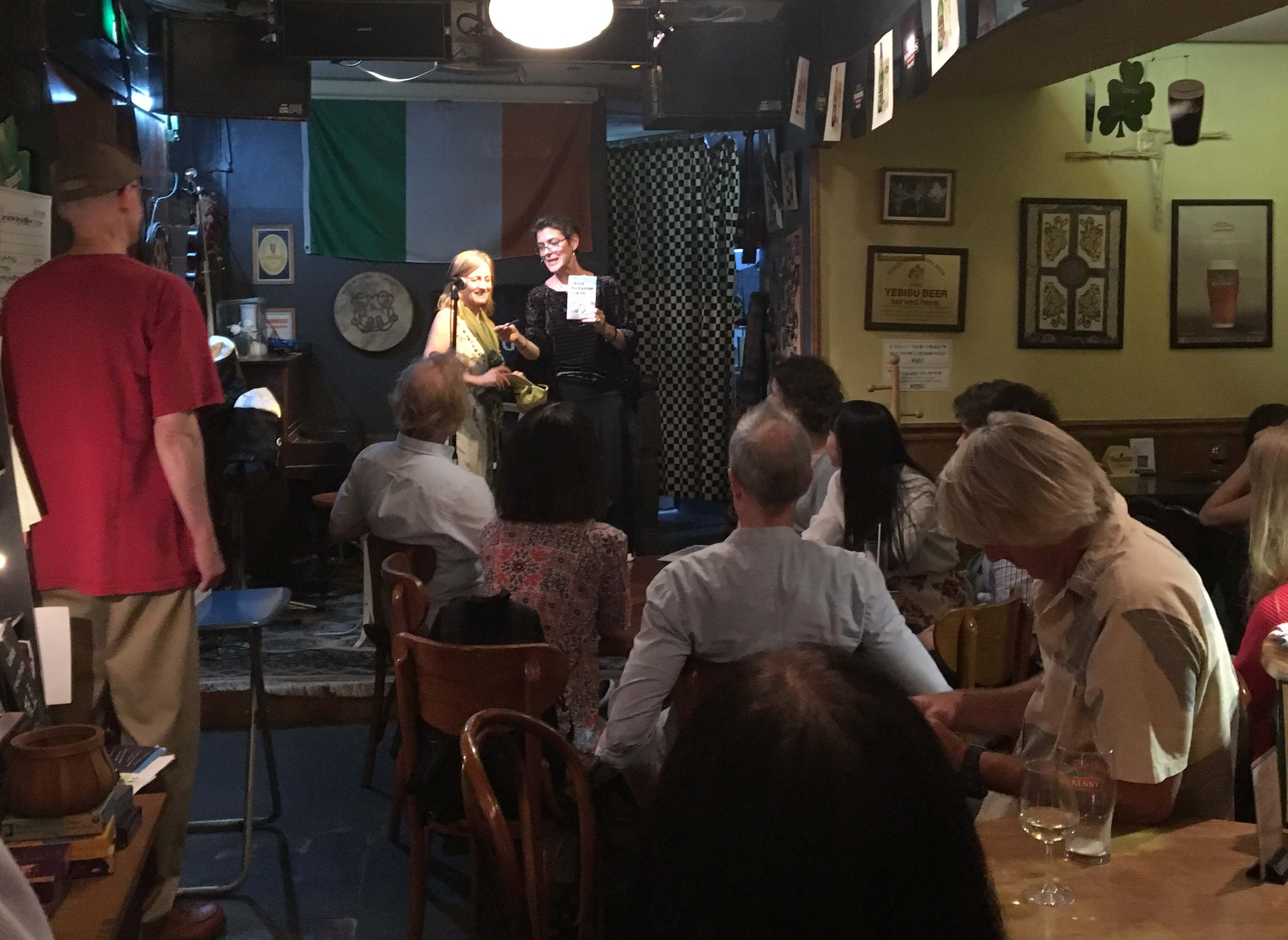
 Kirsty Kawano: Interview
Kirsty Kawano: Interview
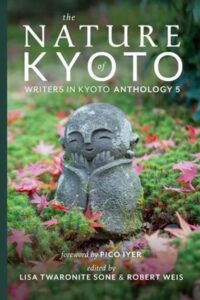
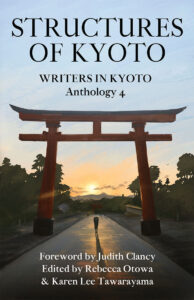


Recent Comments